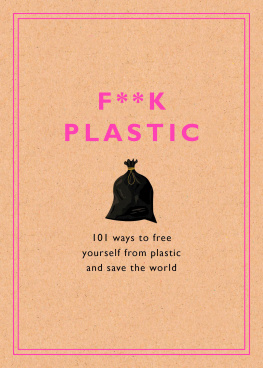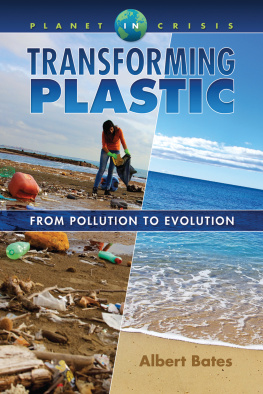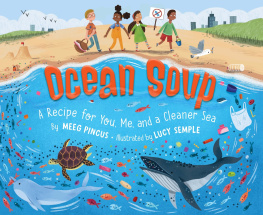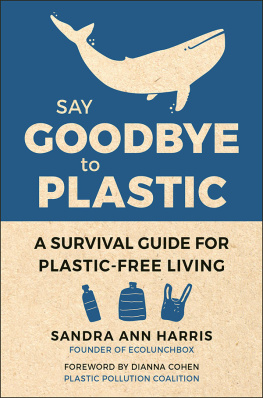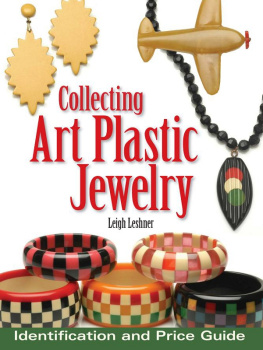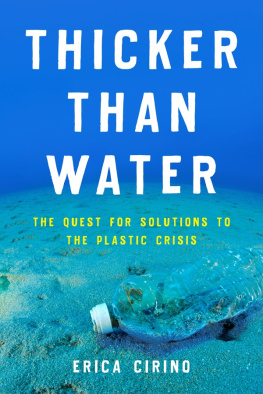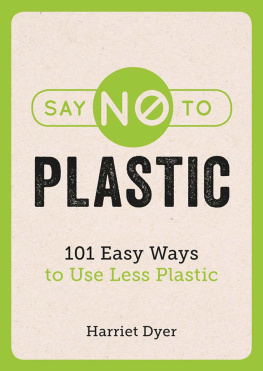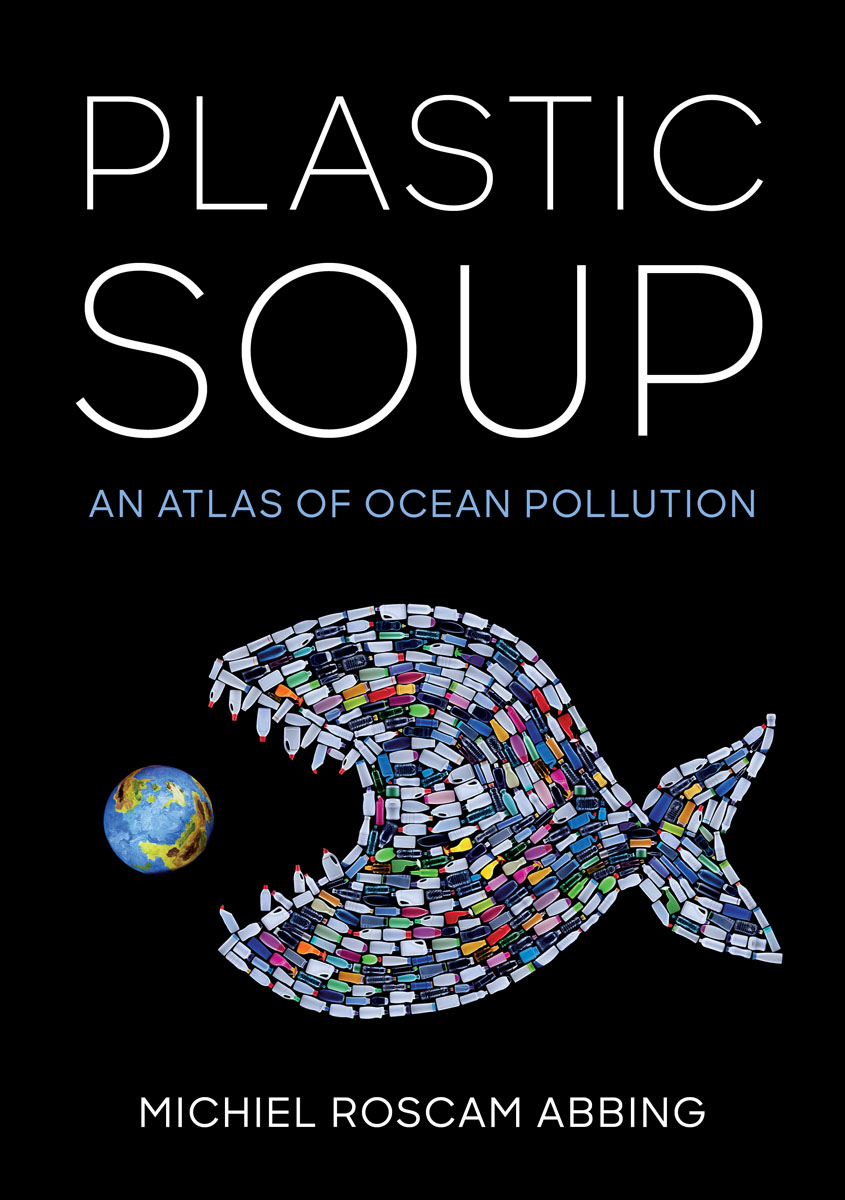
About Island Press
Since 1984, the nonprofit organization Island Press has been stimulating, shaping, and communicating ideas that are essential for solving environmental problems worldwide. With more than 1,000 titles in print and some 30 new releases each year, we are the nations leading publisher on environmental issues. We identify innovative thinkers and emerging trends in the environmental field. We work with world-renowned experts and authors to develop cross-disciplinary solutions to environmental challenges.
Island Press designs and executes educational campaigns in conjunction with our authors to communicate their critical messages in print, in person, and online using the latest technologies, innovative programs, and the media. Our goal is to reach targeted audiencesscientists, policymakers, environmental advocates, urban planners, the media, and concerned citizenswith information that can be used to create the framework for long-term ecological health and human well-being.
Island Press gratefully acknowledges major support from The Bobolink Foundation, Caldera Foundation, The Curtis and Edith Munson Foundation, The Forrest C. and Frances H. Lattner Foundation, The JPB Foundation, The Kresge Foundation, The Summit Charitable Foundation, Inc., and many other generous organizations and individuals.
Generous support for the publication of this book was provided by Margot and John Ernst in honor of their granddaughter, Sydney, who champions a future with reduced plastic.
The opinions expressed in this book are those of the author(s) and do not necessarily reflect the views of our supporters.

Island Press mission is to provide the best ideas and information to those seeking to understand and protect the environment and create solutions to its complex problems. Click here to get our newsletter for the latest news on authors, events, and free book giveaways. Get our app for Android and iOS.

2019 by Michiel Roscam Abbing
Translation: 2018 Uitgeverij Lias BV
Translation by Tessera Translations
Design by Nico Richter
Infographics by Jan Vork
First published in 2018 by Uitgeverij Lias in the Dutch language. Published in the English language in 2019 by Island Press.
All rights reserved under International and Pan-American Copyright Conventions. No part of this book may be reproduced in any form or by any means without permission in writing from the publisher: Island Press, Suite 650, 2000 M Street, NW, Washington, DC 20036
ISLAND PRESS is a trademark of the Center for Resource Economics.
Library of Congress Control Number: 2018963536
All Island Press books are printed on environmentally responsible materials.
Manufactured in the United States of America
10 9 8 7 6 5 4 3 2 1
Because this book was originally published in the Netherlands, the metric system has been used for all measurements. To ensure accuracy, we have left these measurements in their original units. Please consult the chart below for some basic conversions:
28 grams = about 1 ounce
1 kilogram = about 2.2 pounds
1 meter = about 1.10 yards
1 kilometer = about .62 miles
5 milliliters = about 1 teaspoon
For example, the average American produces 85 kilograms of plastic waste each yearthats about 185 pounds.
Keywords: BPA, Beat the Microbead, Great Pacific Garbage Patch, Kamilo Beach, Midway Atoll, PET bottles, Plastic Soup Foundation, plastic pollution, beaches, biodiversity, bioplastics, cosmetics, drinking straws, entanglement, environment, fish, gyres, microbeads, microfibers, microplastic, nanoplastic, nets, oceans, personal care products, plastic bags, plastic footprint, plastic soup, plastiglomerate, recycling, single-use, sustainability, toxins, waste, wildlife

Used bottles sometimes get a second lease on life as bricks for a wall. They turn out to be a cheap building material and are no longer discarded.
This book is dedicated to children everywhere, in the hope and conviction that they will live in a world in which plastic soup is no longer on the menu.
CONTENTS
INTRODUCTION

Microplastics from the Rhode River in Maryland, collected in a manta trawl. Pictured at the laboratory of Dr Lance Yonkos, University of Maryland in 2015.
Plastic dominates our lives. Plastics are synthetic materials derived from petrochemicals. They can be found in all shapes and sizes, ranging from soft and thin to rock-hard and thick. Plastics have become enormously popular over the last seventy years, thanks to their particular properties and extremely low production costs.
We reap the benefits of those features every day. But those same properties turn out to be disastrous for ecosystems. Plastics do not dissolve in water and do not decay. All the plastic that has ever ended up in the environment is still present in some form or other. What plastic does do in the environment, though, is break down into smaller and smaller fragments. These include microplastics, which are mostly so small that they are no longer visible to the naked eye and can easily get into food chains.
United Nations Environment believes plastic litter and microplastics to be one of the biggest environmental problems that the world is facing. The problem has acquired a name, too: plastic soup.
The oceans cover 71 percent of the Earths surface. A misunderstanding persists that there are floating islands of plastic out thereand the few people who sail the seas do sporadically come across floating plastic. However, its only possible to understand the scope of the problem after investigating what is floating on the surface, drifting around in the water column, and lying on the seabed. Its easy to see at the surface level: every wave that breaks on shore leaves some plastic behind, and beaches all over the world have to be cleaned up constantly. Smaller fragments go unnoticed, however, and can never be removed.
Plastic soup is everywhere. Theres no place on Earth nowadays that is genuinely free of plastic: it is in rivers and canals as well as the oceansin the water, on the land, and even in the air. The accumulation and fragmentation of plastic in the environment means that the benefits of plastic are being overtaken by the drawbacks. More than a thousand animal species are being affected in some way by all that plastic. They are ingesting it, injuring themselves with it or suffocating on it. And all that plastic litter is damaging for humans, too. The truth is difficult to digestquite literallyand that plastic soup is making us ill. Evidence of damage to health is accumulating.
In a timeframe that is less than the average human lifespan, plastic soup has become a staple on the menu. The rapidly growing global population does not know how to handle the miracle material. The planet is becoming polluted faster than ever, and humankind is going to have to resolve the problem together. If that cant be done, we are going to saddle future generations with an issue that will plague them for centuries.
Next page



